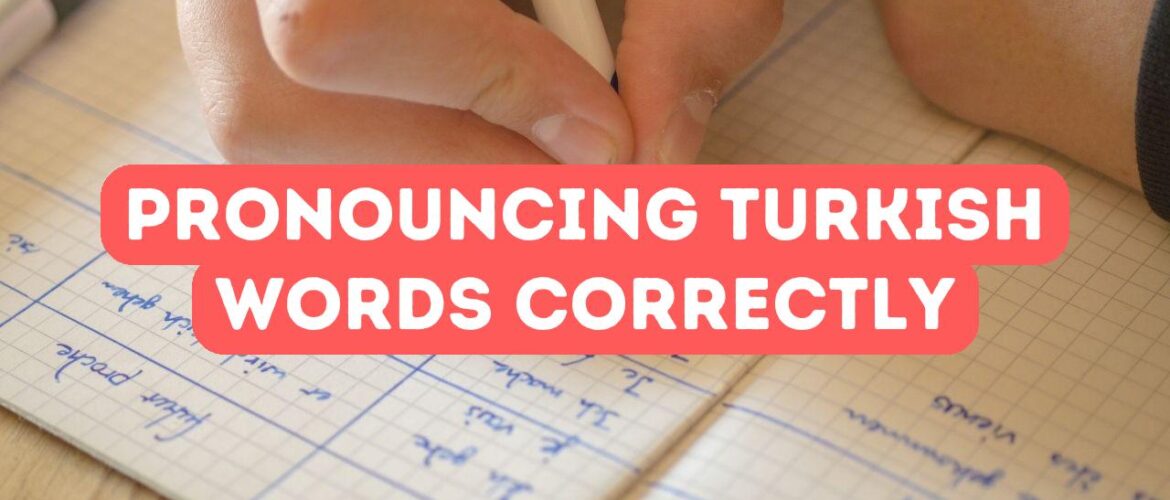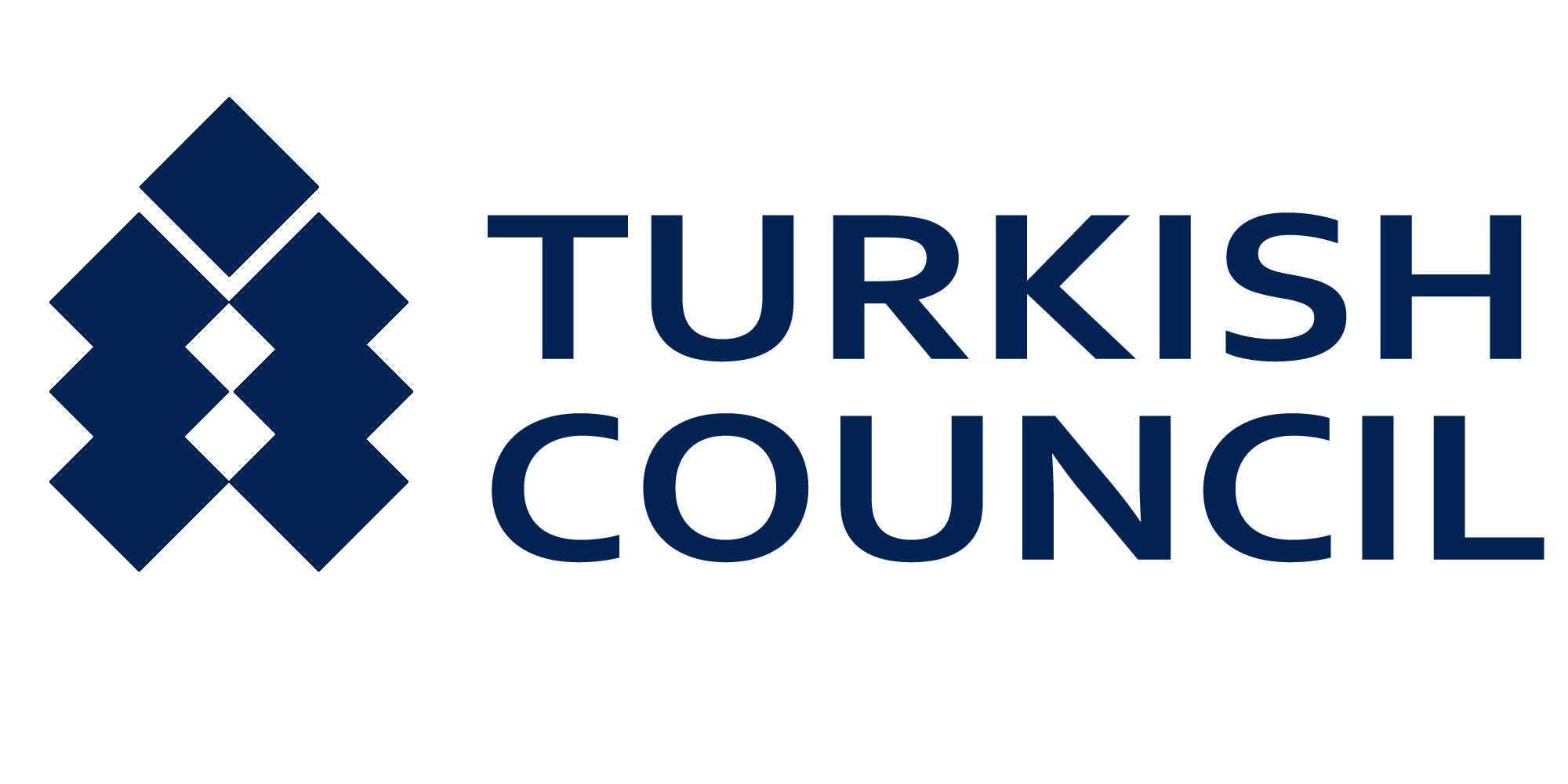Blog
How to Pronounce Turkish Words Correctly
- August 3, 2024
- Posted by: Burak Ünal
- Category: Turkish Language

Mastering the pronunciation of Turkish words is an essential step for anyone learning the language, and at Turkish Council, we understand the importance of building a strong foundational comprehension. Pronunciation in Turkish can seem intricate to newcomers, with its unique vowel harmony and consonant variations, but with guided instruction, these elements become manageable. In this article, we delve into practical tips and techniques to help you articulate Turkish words accurately. Whether you’re a beginner or looking to refine your speaking skills, our expert insights will pave the way for a confident and correct pronunciation, enhancing your overall communication in this rich and expressive language. Explore our comprehensive guidance and make your journey to fluency smoother with Turkish Council.
Mastering Turkish Vowel Harmony
One of the cornerstones of Turkish pronunciation is mastering vowel harmony, a linguistic feature that ensures vowels within a word harmonize to reflect either a front or back vowel configuration. In Turkish, vowels are categorized into two groups: front vowels (e, i, ö, ü) and back vowels (a, ı, o, u). When forming words and adding suffixes, the vowels within the word must conform to this harmony. For instance, the suffix for plurality “-ler” follows a front vowel structure, while “-lar” aligns with back vowels. Understanding and practicing these patterns not only aids in accurate pronunciation but also significantly impacts your naturalness and fluency in conversation. This melodic consistency is intrinsic to Turkish and faithfully following it will make your speech sound more authentic and comprehensible to native speakers.
To effectively grasp vowel harmony, it’s crucial to immerse yourself in listening and repetition exercises. Pay attention to native speakers and how they seamlessly apply front and back vowel harmony in their speech. Engaging in active listening by watching Turkish movies, TV shows, or even following Turkish podcasts can enhance your auditory skills. Additionally, practice by speaking aloud and mimicking the sounds; this will help your tongue and vocal cords get accustomed to the different positions required for front and back vowels. Flashcards and language apps that emphasize vowel patterns can also be valuable tools. Committing to these practices consistently will build muscle memory, making vowel harmony an intuitive element of your Turkish pronunciation and ultimately boosting your confidence in speaking.
Our Turkish language courses at Turkish Council are specifically designed to integrate vowel harmony practice into every lesson, ensuring learners are not just memorizing the patterns, but actively applying them in functional language use. Personalized feedback from our expert instructors will help you identify and correct any pronunciation errors early on, preventing bad habits from forming. Additionally, our group classes offer a dynamic environment where you can practice with fellow learners, fostering a supportive community that enriches your learning experience. By incorporating these tailored strategies and resources, you will find that mastering Turkish vowel harmony becomes a natural part of your language acquisition journey, setting a strong foundation for effective communication.
Conquering Common Pronunciation Pitfalls in Turkish
One of the most common pronunciation pitfalls in Turkish involves the distinct set of vowels present in the language. Unlike English, Turkish has eight vowels divided into groups based on their frontness and backness. For example, the vowels “e” and “i” are front vowels, while “o” and “u” are back vowels. A crucial aspect of mastering Turkish pronunciation is understanding vowel harmony, which dictates that vowels within a word harmonize to match in frontness or backness. This means that a word starting with a front vowel will typically continue with front vowels, and the same applies for back vowels. By paying close attention to the consistency of these vowel sounds within a word, learners can avoid common pronunciation errors and achieve a more native-like accent. At Turkish Council, we provide exercises to practice these vowel distinctions, ensuring that students build a solid foundation from the very beginning.
Another frequent challenge in Turkish pronunciation arises from its consonant sounds, particularly those that differ significantly from their English counterparts. One such example is the Turkish letter “ç,” which is pronounced like the “ch” in “chocolate.” Similarly, the letter “ş” sounds like the “sh” in “shoe.” Additionally, learners often struggle with the soft “g” (ğ), which is silent and lengthens the preceding vowel, rather than producing a distinct sound. To overcome these obstacles, it’s essential to listen to native speakers and practice consistently. At Turkish Council, we emphasize listening and repeating exercises that focus specifically on these unique consonants, helping learners to internalize their proper usage. By dedicating time to mastering these sounds, students can significantly improve their overall pronunciation accuracy and fluency in Turkish.
In addition to vowels and consonants, intonation and stress patterns are key components of accurate Turkish pronunciation that many learners overlook. Unlike English, Turkish follows a more consistent stress pattern where the emphasis is often placed on the last syllable of the word. This regularity may initially seem counterintuitive to English speakers, who are accustomed to varying stress in unpredictable ways. Misplacing stress can lead to misunderstandings or make speech sound awkward to native speakers. At Turkish Council, we teach learners to recognize and practice these stress patterns through rhythmic exercises and spoken repetition. By honing your intonation and stress placement, you will not only enhance your pronunciation but also sound more confident and natural when speaking Turkish. Through dedicated practice and expert guidance, mastering these finer nuances will become second nature, further paving your way to fluency.
Effective Techniques for Turkish Consonant Sounds
To master Turkish consonant sounds, it’s crucial to focus on the distinct articulation and pronunciation of each consonant. Unlike in English, many Turkish consonants maintain a strict adherence to their phonetic rules, eliminating much of the confusion surrounding variable sounds. Start by practicing key consonants such as “ş” (sh), “ç” (ch), and “ğ” (soft g) in isolation to understand their unique characteristics. For example, the Turkish “ç” is pronounced like the “ch” in “chip,” and the “ğ” is often silent or elongates the preceding vowel. By consistently listening to native speakers and mimicking their enunciations, you can hone your ability to produce these sounds accurately, making your spoken Turkish more authentic and comprehensible.
Another effective technique is utilizing tongue placement to distinguish between similar-sounding consonants. For instance, the Turkish “k” and “g” sounds are produced at the back of the mouth, with “k” being a voiceless velar plosive and “g” a voiced velar plosive. In contrast, the letters “d” and “t” are articulated by positioning the tongue against the back of the upper teeth, while “b” and “p” involve a tightening of the lips. Practicing these placements repeatedly will enhance muscle memory, allowing you to distinguish these sounds more clearly and articulate them correctly in various contexts. Additionally, recording your pronunciation and comparing it with native speakers can further refine your accuracy, offering a tangible way to measure your progress.
Incorporating visual and auditory aids can significantly amplify your ability to master Turkish consonant sounds. Watching Turkish shows, listening to podcasts, or engaging in conversation with native speakers can provide practical examples of proper pronunciation in diverse settings. Tools like language learning apps often feature interactive exercises and instant feedback, which can be incredibly beneficial in reinforcing correct speech patterns. You may also find it helpful to join language exchange groups or participate in online forums, creating opportunities to practice aloud and receive constructive critiques. Remember, repetition is key; the more you expose yourself to naturally spoken Turkish, the more intuitive and effortless your pronunciation will become. At Turkish Council, we offer structured lessons enriched with multimedia resources to guide you on this path, making your learning experience both effective and enjoyable.
- Buy Our Online Turkish Language for Beginners: https://courses.turkishcouncil.org/courses/learn-turkish-a1/
- Visit Turkish Council for Turkish Course Visa Invitation Letter: https://www.turkishcouncil.org
- Visit Turkey Residence Agency for Your Immigration Requests: https://www.residentturkey.com
- Visit Gordion Partners for Investment in Turkey: https://www.investment.com.tr
- Visitez Campus Turquie si vous parlez français: https://www.campusturquie.org
Disclaimer: This article is for general informational purposes only and you are strongly advised to consult a professional to evaluate your education. No liability is accepted that may arise from the use of the information in this article.
